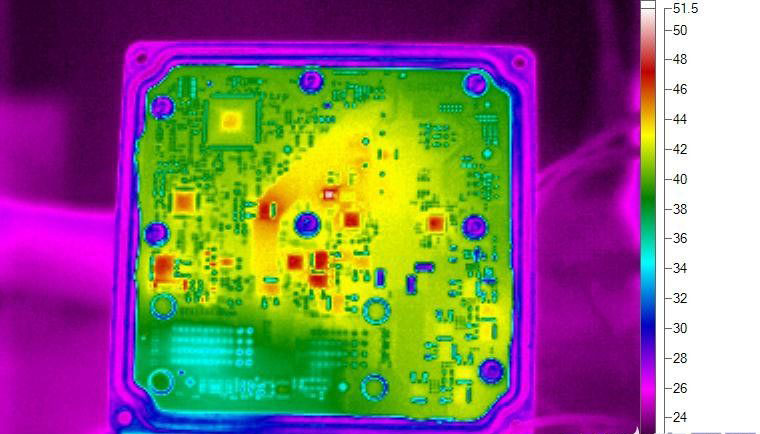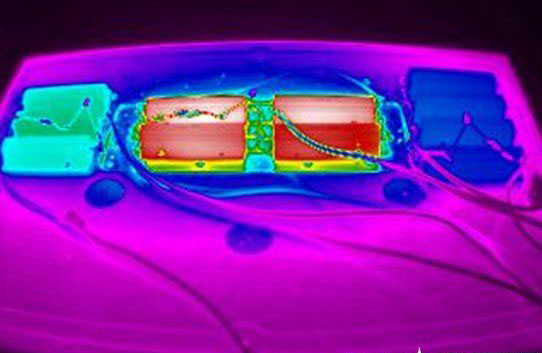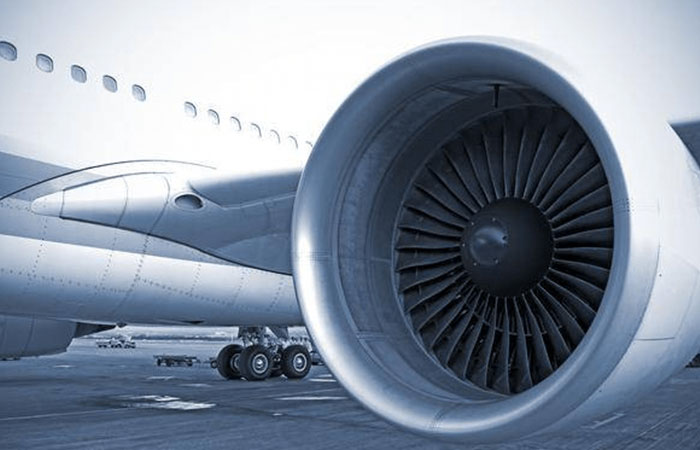Applications in Industrial Processes
Infrared thermal imaging plays a vital role in industrial processes, offering precise and real-time temperature monitoring. This technology helps improve production quality, enhance efficiency, and prevent costly downtime by identifying potential issues before they escalate. Below are key applications in the industry.
Precision Machining
Temperature control is critical in precision machining as even minor temperature deviations can impact product accuracy. Infrared thermal imaging monitors temperature changes during the machining process, ensuring consistent product quality. It also supports aging tests for precision components, providing reliable data for quality assurance.

Automation Inspection
In industries such as automotive and electronics manufacturing, thermal data is essential for identifying production issues. While machine vision software can detect visible defects, it cannot identify thermal anomalies. Infrared thermal imaging adds a new dimension to inspection systems, providing non-contact, precise temperature measurements that reveal hidden issues.

Condition Monitoring
Condition monitoring involves identifying potential issues in equipment before failures occur. Typical monitored equipment includes high and low voltage systems, turbines, and compressors. For instance, in turbine blade manufacturing, detecting internal defects such as cracks, voids, and inclusions is critical for ensuring quality and safety.
Infrared thermal imaging provides a non-contact method to visualize temperature distribution on and within turbine blades. It detects subtle thermal variations, allowing accurate identification of defects and hidden risks. This ensures the quality of turbine blades and enhances aviation safety.

Technical Advantages of Infrared Thermal Imaging:
- Non-contact measurement with adjustable detection distances
- Fast response time
- High precision and spatial resolution
- Safe and reliable operation, easily automated
- Real-time observation with data storage for further analysis